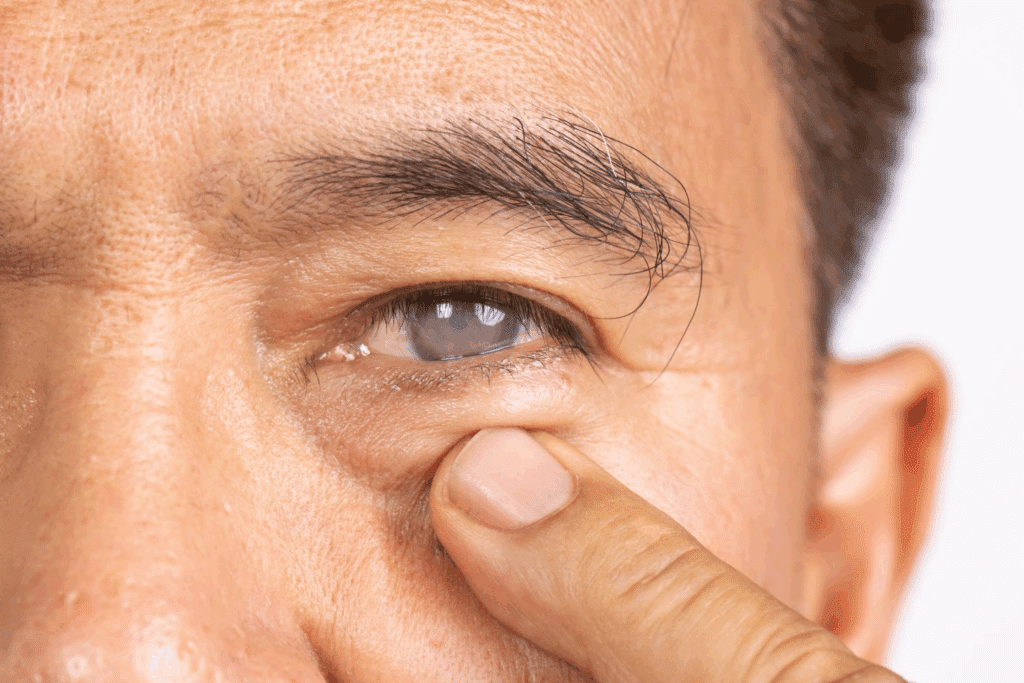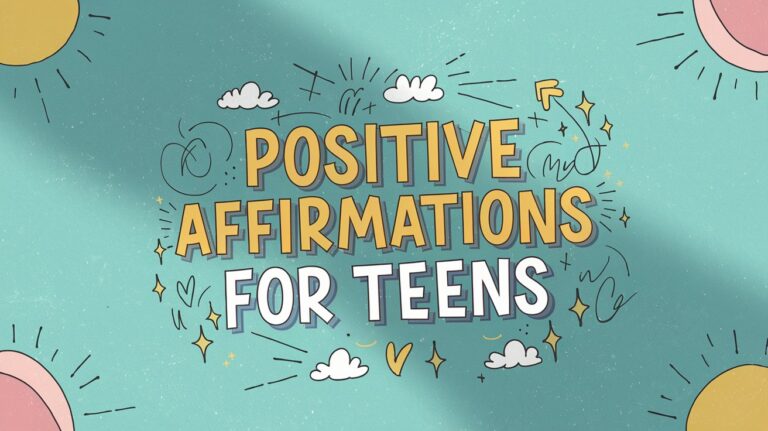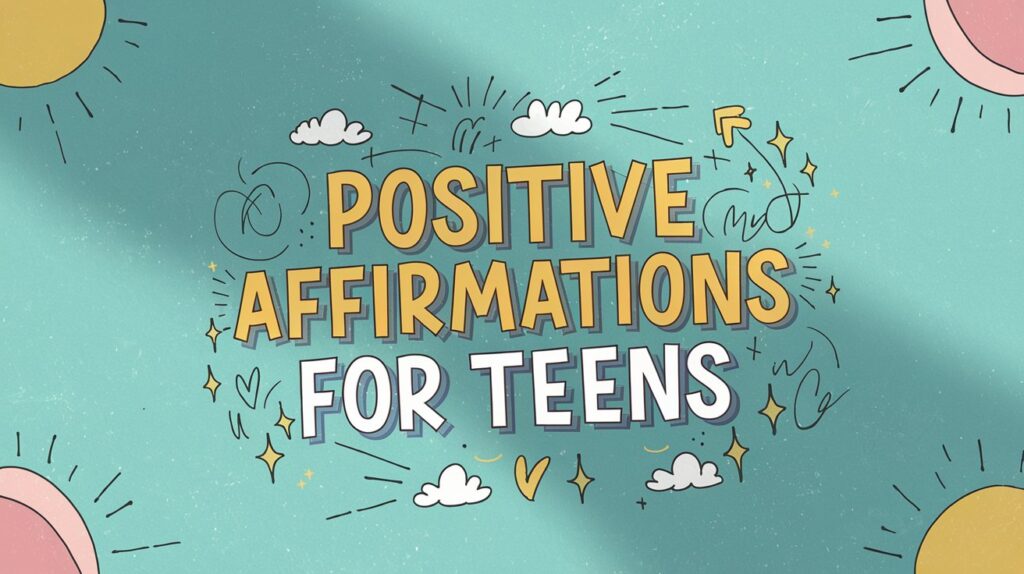The human eye is a marvel of biological engineering, functioning much like a camera. The lens, situated behind the iris, focuses light onto the retina to produce clear, sharp images. In youth, this lens is typically crystal clear and flexible.
However, with the passage of time, the proteins within the lens can begin to clump together, forming a clouded area known as a cataract. This condition isn’t a growth or a film over the eye but a fundamental change in the lens tissue itself. Age-related cataracts can develop slowly and are an exceedingly common part of the aging process, affecting a significant portion of the population over the age of sixty.
Read on to learn how cataracts can affect your vision as you age.
The Gradual Onset of Vision Changes
Cataracts don’t form overnight. The progression is typically so incremental that you may not immediately notice the deterioration in your eyesight. The initial changes can be subtle and are frequently mistaken for a simple need for updated eyeglasses. The clouding of the lens can impede light from passing through easily, leading to several visual symptoms that collectively degrade the quality of vision. Because the condition develops in both eyes, although often at different rates, your brain can compensate for a surprisingly long time, making the decline in vision less abrupt.
One of the most common initial signs is a noticeable blurring of vision. The world may appear as if looking through a foggy or frosted window. This cloudiness can make daily activities, such as reading, driving, and recognizing faces, increasingly challenging. For many, a pivotal concern when considering treatment is the financial investment involved. For instance, if you’re researching your options in Singapore or similar locations, you might look into the cataract surgery cost Singapore to make an informed decision about their eye care. This blurriness may not be correctable with glasses or contact lenses, as the problem lies within the lens itself, not the eye’s focusing power.
Specific Visual Symptoms of Cataracts
Beyond general blurriness, cataracts can manifest through several distinct visual disturbances. Understanding these symptoms can help differentiate cataract-related vision loss from other eye conditions. Some specific visual symptoms include:
Increased Sensitivity to Glare
Bright lights can become a source of significant discomfort. Oncoming headlights during night driving may cause debilitating glare, making nighttime navigation hazardous. Similarly, sunlight reflecting off water or pavement can be painfully intense. This occurs because the cloudy lens scatters incoming light rather than allowing it to pass through in an organized manner.
Fading or Yellowing of Colors
The lens acts as a filter for the eye. As a cataract develops, this filter can take on a yellowish or brownish tint. Consequently, the vibrancy of colors diminishes. Whites may appear yellow, and blues and purples can become difficult to distinguish. This gradual desaturation typically goes unnoticed until after cataract surgery, when you’re frequently amazed by the brilliance of colors you had been missing.
Frequent Prescription Changes
A hallmark of advancing cataracts is the need for frequent changes in eyeglass or contact lens prescriptions. This phenomenon, sometimes called “second sight,” occurs when the cataract alters the lens’s focusing power, temporarily improving near vision. However, this is a short-lived and unstable improvement, and the prescription will continue to shift as the cataract matures.
Double Vision in One Eye
While double vision can be a symptom of various issues, when it occurs in a single eye (monocular diplopia), it’s often indicative of a cataract. The irregularities in the clouded lens can cause light to split, resulting in the perception of two or more images.
The Impact on Daily Life and Safety
The cumulative effect of these symptoms extends far beyond mere inconvenience. Impaired vision can directly impact independence and safety. Reading becomes a chore, leading to social and intellectual isolation. The heightened glare and poor night vision can make driving, particularly after dusk, a dangerous endeavor, increasing the risk of accidents. The loss of contrast sensitivity can make it difficult to see the edge of a step or a curb, increasing the likelihood of falls and fractures —a serious concern for older adults.
Furthermore, the inability to see details can hinder the enjoyment of hobbies like drawing projects, painting, sewing, or watching television, diminishing overall quality of life.
Management and the Path to Clear Vision

In the early stages, vision aids such as stronger eyeglasses, anti-glare sunglasses, and magnifying lenses can provide temporary relief. However, these measures aren’t a cure. When cataracts progress to the point where they interfere with daily activities and compromise safety, surgery remains the only effective treatment.
Modern cataract surgery is one of the most common and successful medical procedures performed today. It involves the removal of the clouded natural lens and its replacement with a clear, artificial intraocular lens (IOL). This outpatient procedure is typically quick and painless, with a remarkably high success rate in restoring clear vision. In fact, many patients achieve vision that’s better than what they experienced for years before the surgery.
Final Thoughts
Cataracts represent a significant age-related change that systematically degrades the clarity, color, and comfort of vision. The journey from subtle blur to significant visual impairment is slow but predictable. Recognizing the symptoms is the first step toward addressing the condition. By keeping the information mentioned above in mind, you can overcome cataracts, restore high-quality vision, maintain your independence, and continue engaging fully with the world around them.


















